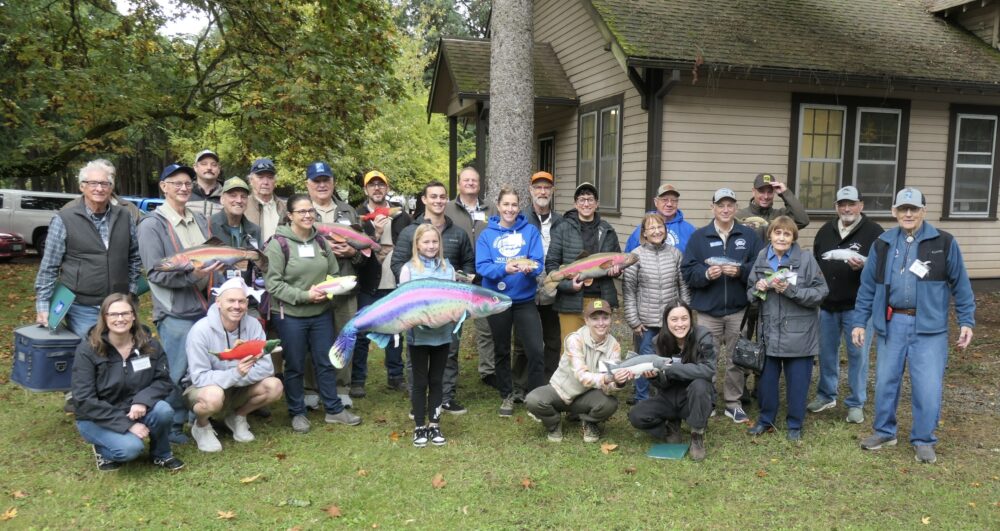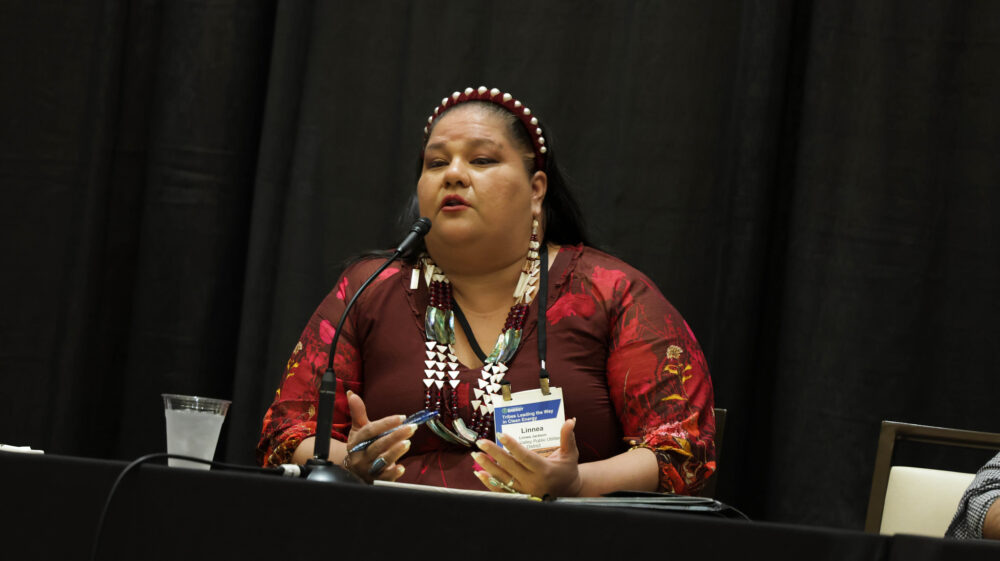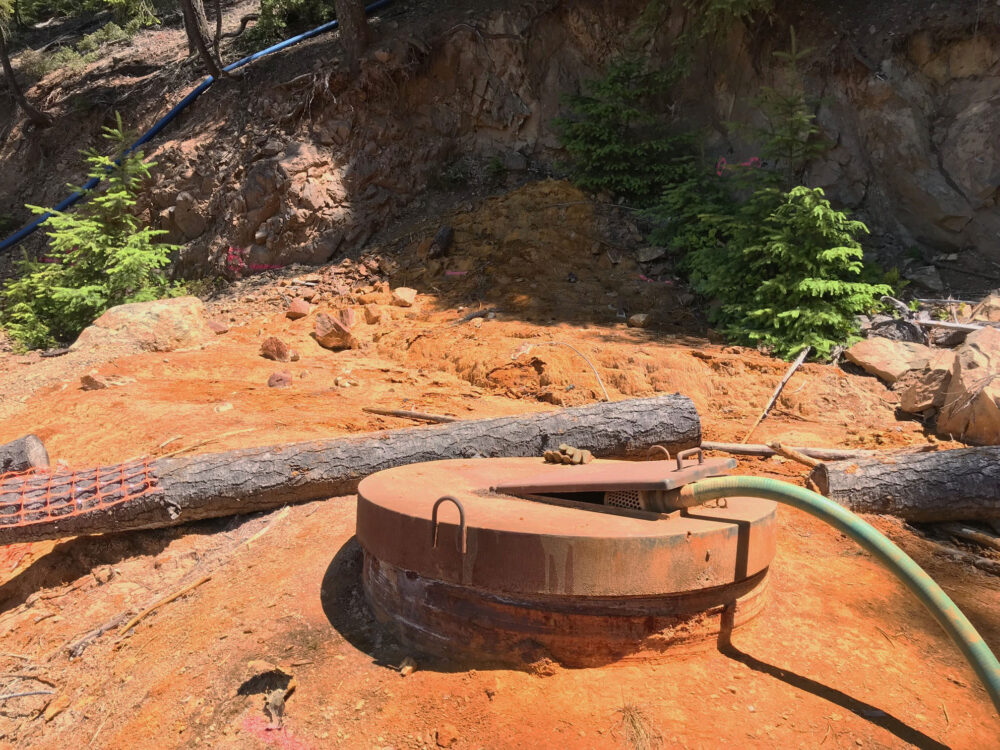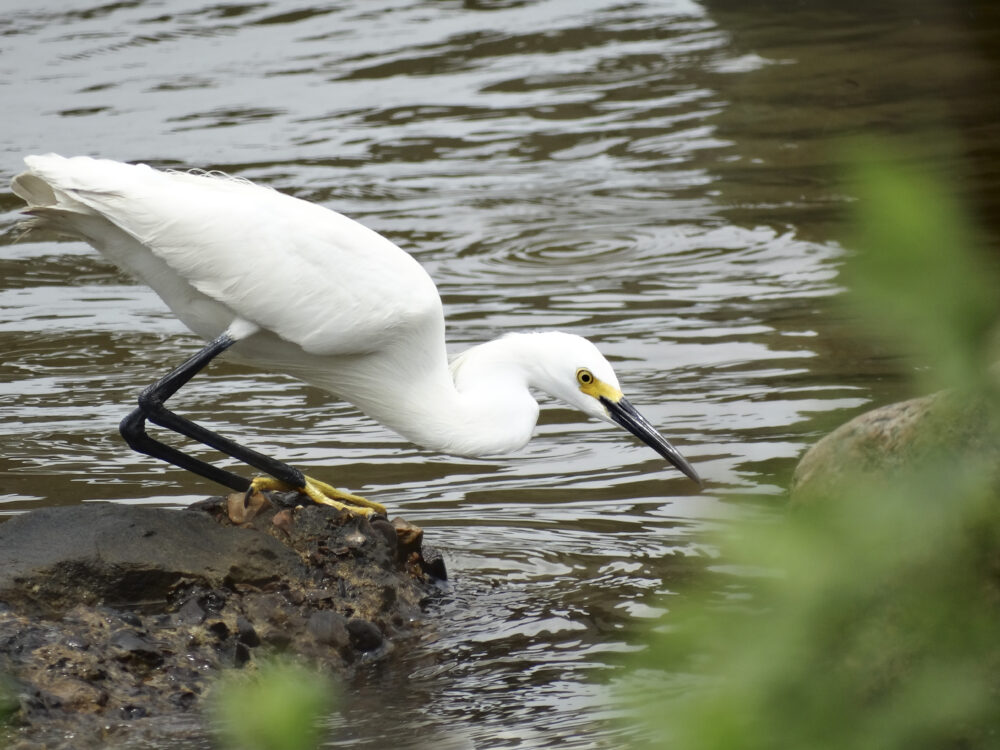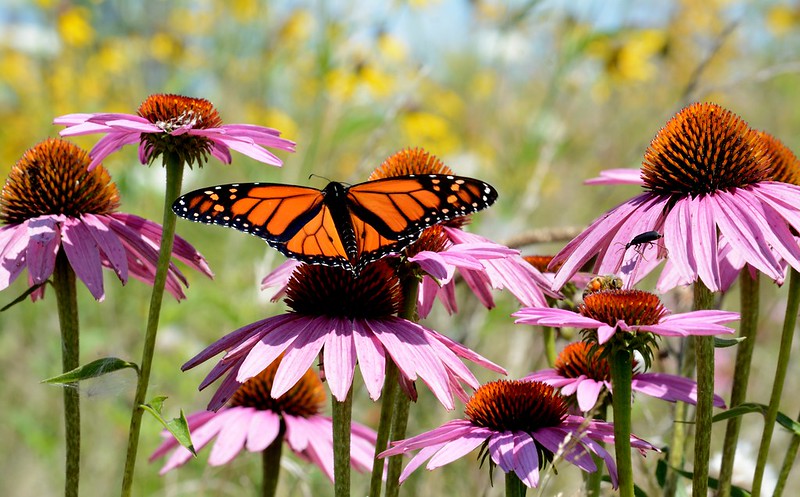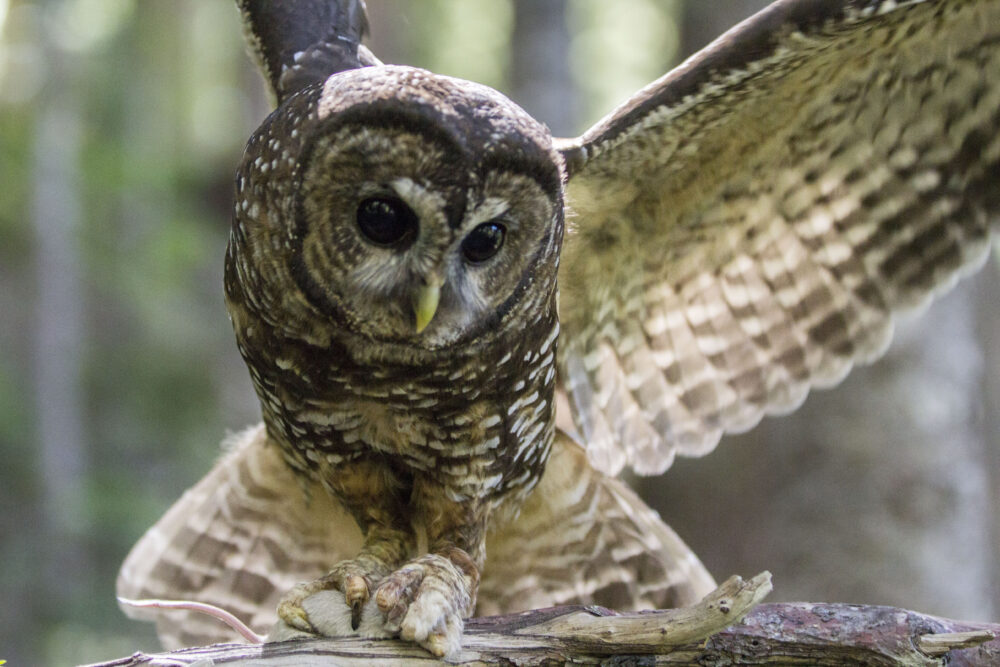We have much more to do and your continued support is needed now more than ever.
5 Facts About Bumble Bees—and How To Help Them
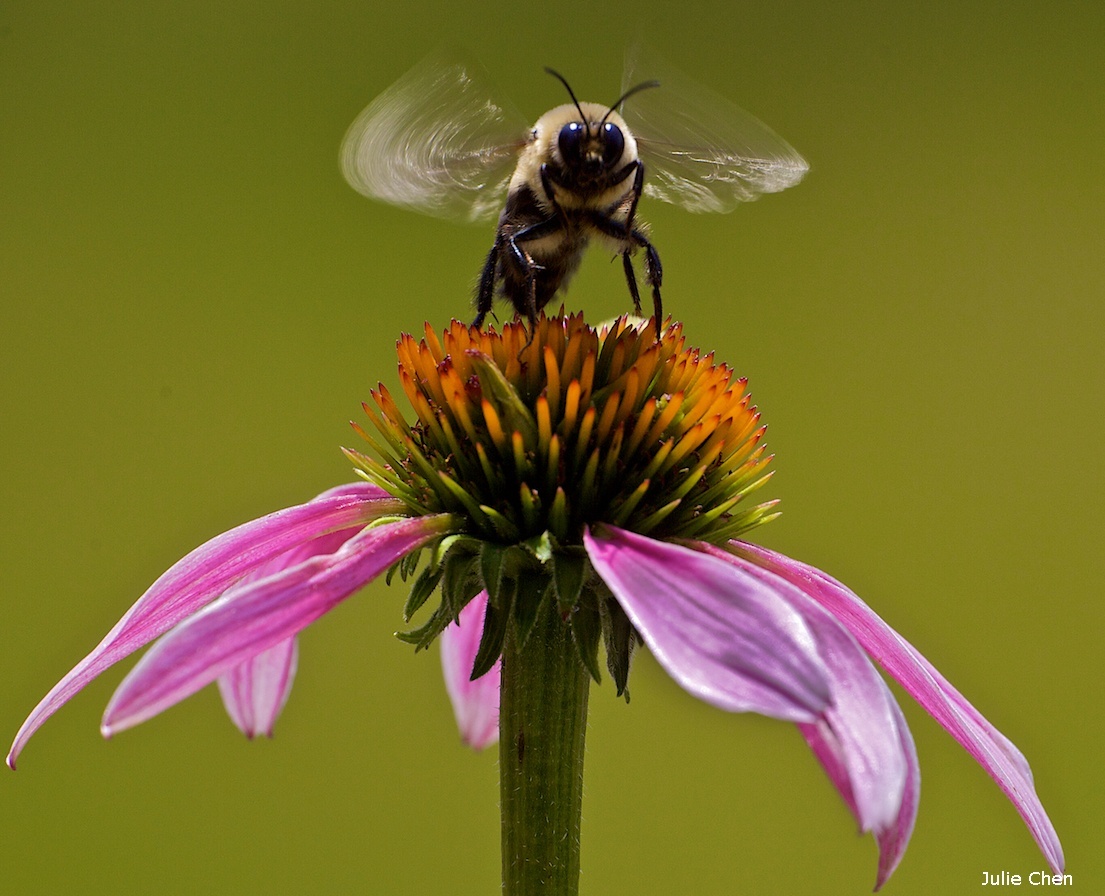
If asked to name a key pollinator in the United States, you’re likely to think first of the honey bee. Native to Europe, honey bees were introduced to North America during the 1600s and have been busily pollinating our crops and other plants ever since. But native bees play critical roles as pollinators as well, and among these indigenous insects, bumble bees are champs.
Here are a few more facts you may not have heard about bumble bees:
1. Unlike most native bees, but like honey bees, bumble bees are social insects that live in colonies.
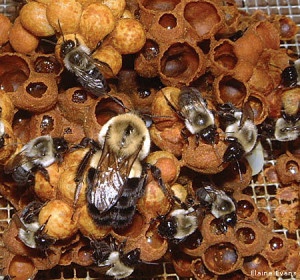
The vast majority of our native bees are solitary and don’t form hives or have queens. The bumble bees, 49 species of which are found in the United States, are the exception.
Like honey bees, bumble bees live socially in hives which provide shelter and a place to raise their young. Usually located underground, particularly in abandoned holes made by rodents, bumble bee hives usually include between 50 and 500 individuals.
2. Except for new queens, which hibernate during winter, bumble bee colonies die in late fall.
Queens overwinter in small holes just beneath or on the ground’s surface, emerging in spring to create new colonies they begin by laying eggs.
3. Bumble bees are important pollinators of our food plants.
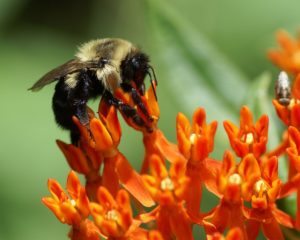
Bumble bees pollinate plants out in nature, helping to keep our ecosystems healthy, but they are also commercially valuable as pollinators of many crops. Managed bumble bee hives have become big business during the past two decades as agricultural demand for bumble bee-pollinated berries, peppers and, especially, hothouse tomatoes has skyrocketed.
4. Bumble bees’ wings beat 130 or more times per second.
That ability, combined with their large size, enables the bees to perform a unique service, “buzz pollination” (vibrating flowers until they release pollen), that helps plants produce more fruit. The insects’ size also allows them to generate heat, so bumble bees can fly earlier and later in the day, as well as to cooler, higher altitudes, than can honey bees.
5. Bumble bees are in trouble.
Several bumble bee species are rapidly declining and the status of others is unknown. The western bumble bee, the yellow banded bumble bee and the Franklin’s bumble bee have all vanished from large portions of their range and the rusty-patched bumble bee was recently listed as officially endangered. Scientists report similar losses across Europe, South America and Asia.
Bumble bees face many threats, including habitat loss, pesticides, introduced diseases, climate change and competition from honey bees, says Sarina Jepsen, endangered species program director for the Xerces Society for Invertebrate Conservation and deputy chair of the IUCN Bumble Bee Specialist Group. A new, not-yet-published analysis conducted for IUCN concludes that up to a third of North America’s 49 bumble bee species are declining.
Helping Bumble Bees at Home
The good news is that all of us—particularly wildlife gardeners—can help bumble bees in and around our own homes. Here are some of the most important steps you can take:
Provide pollen and nectar for food.
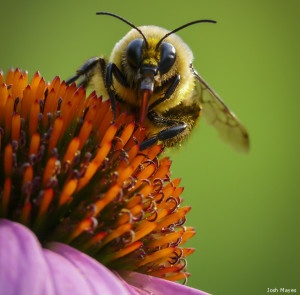
Active from early spring through late fall, bumble bees need access to a variety of nectar- and pollen-producing flowers as food for the adult bees as well as their larvae.
Native plants are best because they have coevolved with native bees. Plant a variety of native plants, some that bloom in the spring, some that bloom in the summer and some that bloom the fall, to provide three seasons of food for bumble bees and other pollinators.
Ensure bumble bees have nesting sites.
Most bumble bees nest in hives in underground holes made by larger animals, while some nest above ground in abandoned bird nests, grass tussocks or cavities such as hollow logs or spaces beneath rocks. In gardens, they may also use compost piles or unoccupied birdhouses.
Protect hibernation habitat.
Because most queens overwinter in small holes on or just below the ground’s surface, avoid raking, tilling or mowing your yard until April or May. If you do need to mow, do so with the mower blade set at the highest safe level and leave fallen leaves where they fall on your property. It’s natural mulch and offers cover for bumble bees.
Eliminate pesticides.
Both insecticides and herbicides should be avoided. In particular, steer clear of systemic pesticides such as neonicotinoids, which are taken up by the vascular systems of plants. This means bees and other pollinators are exposed to the poison long after a product has been applied when they feed on the plants’ nectar and pollen.
Help scientists study bumble bees.
Report the bees you see in your yard or community to Bumble Bee Watch, a new citizen-science project sponsored by the Xerces Society and five North American partners.
Garden For Bumble Bees
May is Garden for Wildlife Month—the perfect time of year to establish or improve your habitat for bumble bees and other native wildlife.
Like what you read? Please consider making a donation to support our critical species recovery and conservation work.




